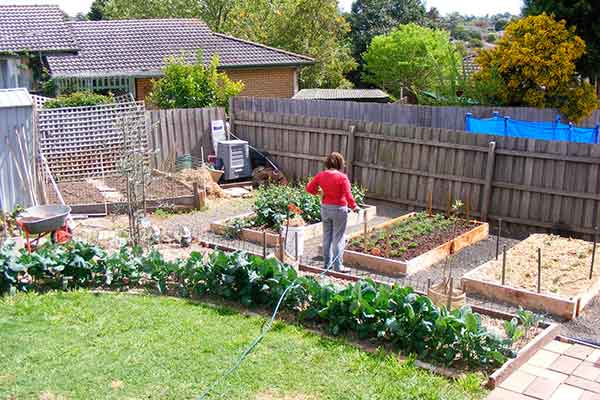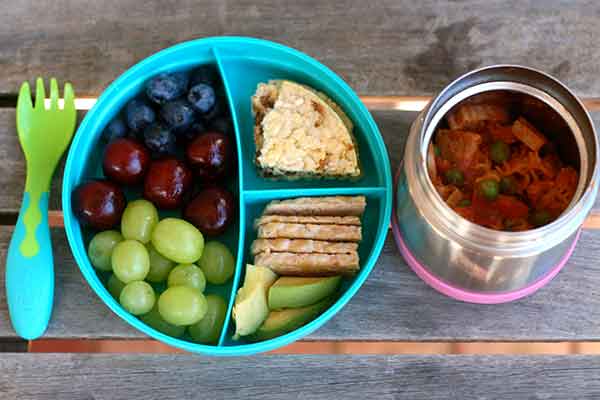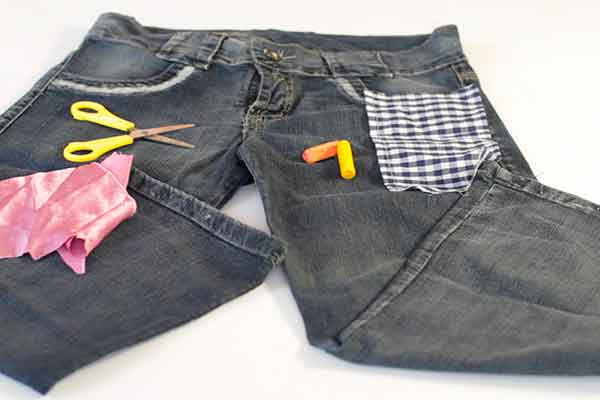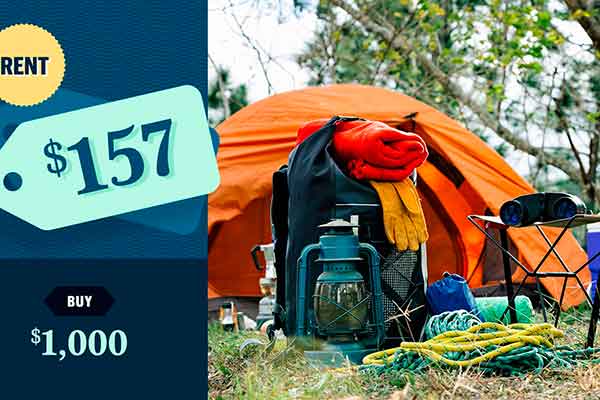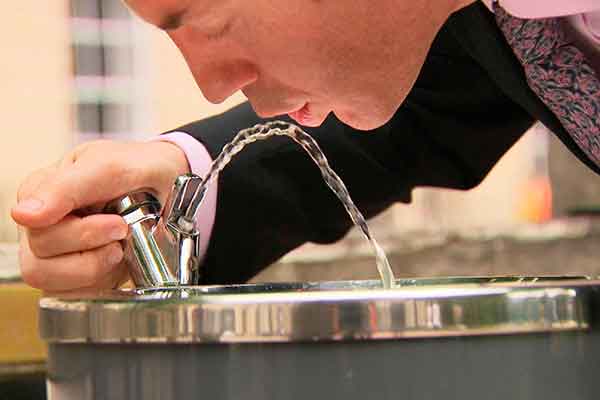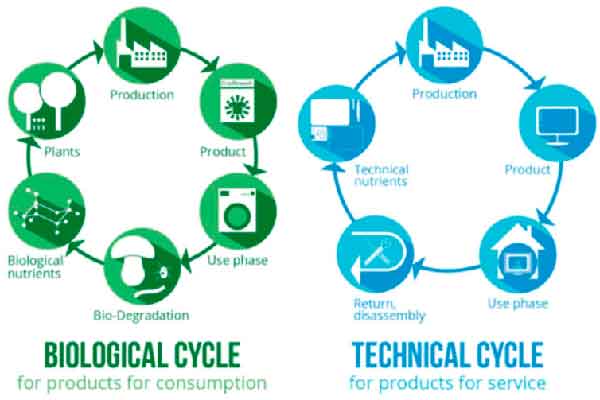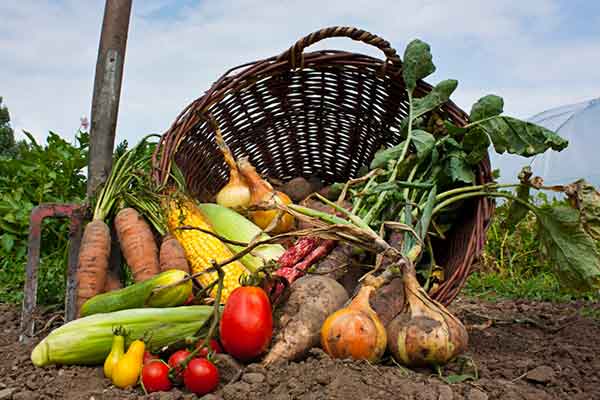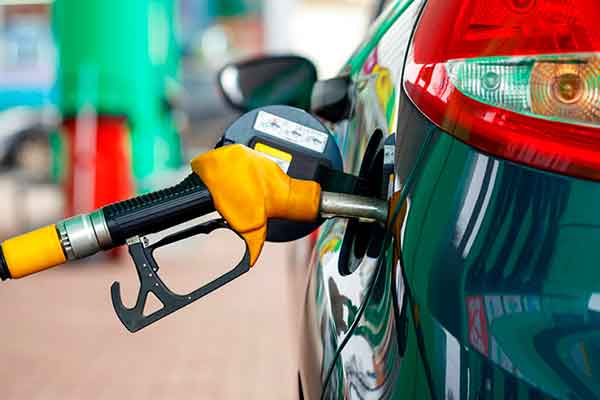No matter the circumstance, stains are bothersome and can ruin anyone's day, however, the fantastic thing is that they are not eternally. House cleaning services Ellicott City suggest how to remove common stains:
 Ketchup
KetchupAllow it to sit for many minutes before rinsing and sponging with vinegar. Rinse and pre-treat using a stain remover. Wash the clothes but don't dry. You might need to repeat this procedure until the stain is completely eliminated.
Red and White Wine
Sprinkle salt onto the affected region to consume as much of the stain as you can. Gently wash in the opposite side of this blot with boiling water and bathe instantly. In terms of white wine, then soak the clothes in cool water for half an hour and pretreat with a stain remover.
Coffee
Pre-treat the blot with stain remover and then wash it as you usually would. If you don't have a stain remover accessible, rubbing the stain with a towel behind the cloth will absorb the stain. If this fails, dab vinegar onto the blot using a cotton swab.
Lipstick
Utilizing the towelblot to remove the blot -- the lipstick ought to seep in the towel.
Sweat
Create a paste with baking soda and water – add just enough baking soda to make the paste sticky and viscous. Apply to the stain and let it sit for an hour.
Ink
Dab a small number of non-gel toothpaste on the affected area and rub lightly.
Chewing Gum
If the gum remains tender, rub an ice cube to harden it.
Blood
Apply a little bit of hydrogen peroxide directly onto the blot using a dropper. But when the stain is dry, then carefully brush the affected region well and soak in warm water using laundry detergent.
TIPS
Before anything else, for almost any stain you're managing, it's absolutely vital to stop it from setting. "Placing" is when the staining substance creates a chemical bond with the cloth -- which makes it a good deal more difficult to eliminate, and from time to time, even permanent. To keep this from happening, immediately take care of the stain with any contaminants (rubbing alcohol is usually safe for all sorts of cloth ). Don't forget to use the solvent lightly -- dab allow it to soak, never clean. Stay away from heat too, as heat will accelerate the chemical bonding of the staining material along with the cloth. Provided that you comply with these directions, you'll have the ability to eliminate stains efficiently, and will not need to resort to garment replacement or repair.

